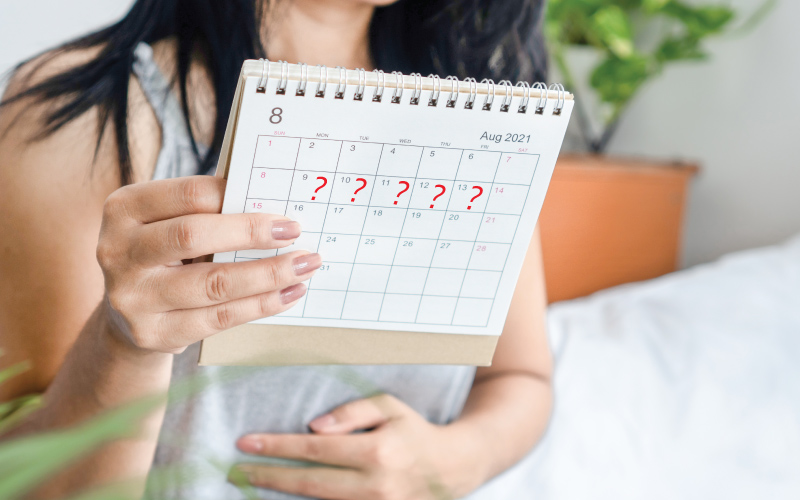Planning for a pregnancy requires keeping track of your menstrual cycle, which can be made easier by using an ovulation calculator to determine when you are most fertile. Understanding your cycle and the optimal times for intercourse can dramatically boost your chances of conception. Here’s how to improve your family planning with an ovulation calculator.
Recognizing Your Menstrual Cycle
The four phases of your menstrual cycle are luteal, ovulation, follicular, and menstrual. The shedding of the uterine lining occurs throughout the menstrual period, which can extend for three to seven days. The follicular phase, which lasts for 14 to 21 days and is when an egg matures, comes next. The shortest stage, known as ovulation, lasts up to 24 hours and happens when the mature egg is expelled from the ovaries. The luteal phase, which follows ovulation, is when conception can still occur through sexual activity.
Understanding the stages of your menstrual cycle aids in organizing activities and self-care in addition to pregnancy. For instance, you can feel more energized in the follicular phase and irritable in the luteal phase just before your period begins.
Finding Your Window of Fertility
It’s critical to understand your reproductive window, which spans the three to five days before and following ovulation, to maximize your chances of becoming pregnant. It is the appropriate time for you to try to have sex.
Typical physical indicators of ovulation consist of:
Vaginal discharge changes or light spotting
soreness in the breasts
minimal lower back or stomach discomfort
heightened desire
bloating
Warm flashes
Although these indicators may be subtle, using an ovulation calculator might help you identify when you are fertile.
What Is an Ovulation Calculator?
A fertility window and ovulation date can be estimated with an ovulation calculator. These calculators are available via websites, smartphone applications, or even paper calendars if you prefer manual monitoring.
How to Utilize a Calculator for Ovulation
Use a trustworthy online ovulation calculator.
Enter the start of your most recent menstrual cycle along with the average length of your cycles.
Determine the day of your ovulation. You can use this tool to find out when you are most fertile and when your next period is likely to arrive.
It’s important to enter data consistently because these calculators use your information to improve accuracy over time.
Advice for Precise Monitoring
Enter the exact beginning and ending dates of your menstrual cycle.
Note the duration of your cycle or the interval between the beginning of one period and the end of the next.
To increase your trust in the instrument, write down your menstrual phases and any accompanying symptoms on a physical calendar.
Managing Unusual Cycles
See a gynecologist for individualized guidance on determining your ovulation and reproductive window if you have irregular cycles. To assist you get a regular cycle, they could suggest hormonal therapy or a lifestyle change. Additionally, you can watch your body temperature, which usually rises after ovulation, and keep an eye on your luteinizing hormone (LH) levels, which rise after ovulation, with home ovulation kits.
Useful Advice for Ovulation Calculators
Recognize your cycle and keep a constant eye on your symptoms.
Throughout your fertile window, continue having sex; try to do so at least every other day.
Once you decide to become pregnant, stop using contraception.
Reduce stress by engaging in regular relaxation exercises.
Aim for a healthy lifestyle that includes regular exercise and a balanced diet while also considering your partner’s health.
In summary
For women trying to get pregnant, an ovulation calculator might be a useful tool. It helps determine your fertile window and offers insights into your reproductive health. Even if you don’t currently have any pregnancy plans, start using the calculator as soon as possible because it could take a few months for it to appropriately adjust to your cycle. Keeping an eye on physical signs and consulting with medical specialists will help you get the most out of your family planning experience.
